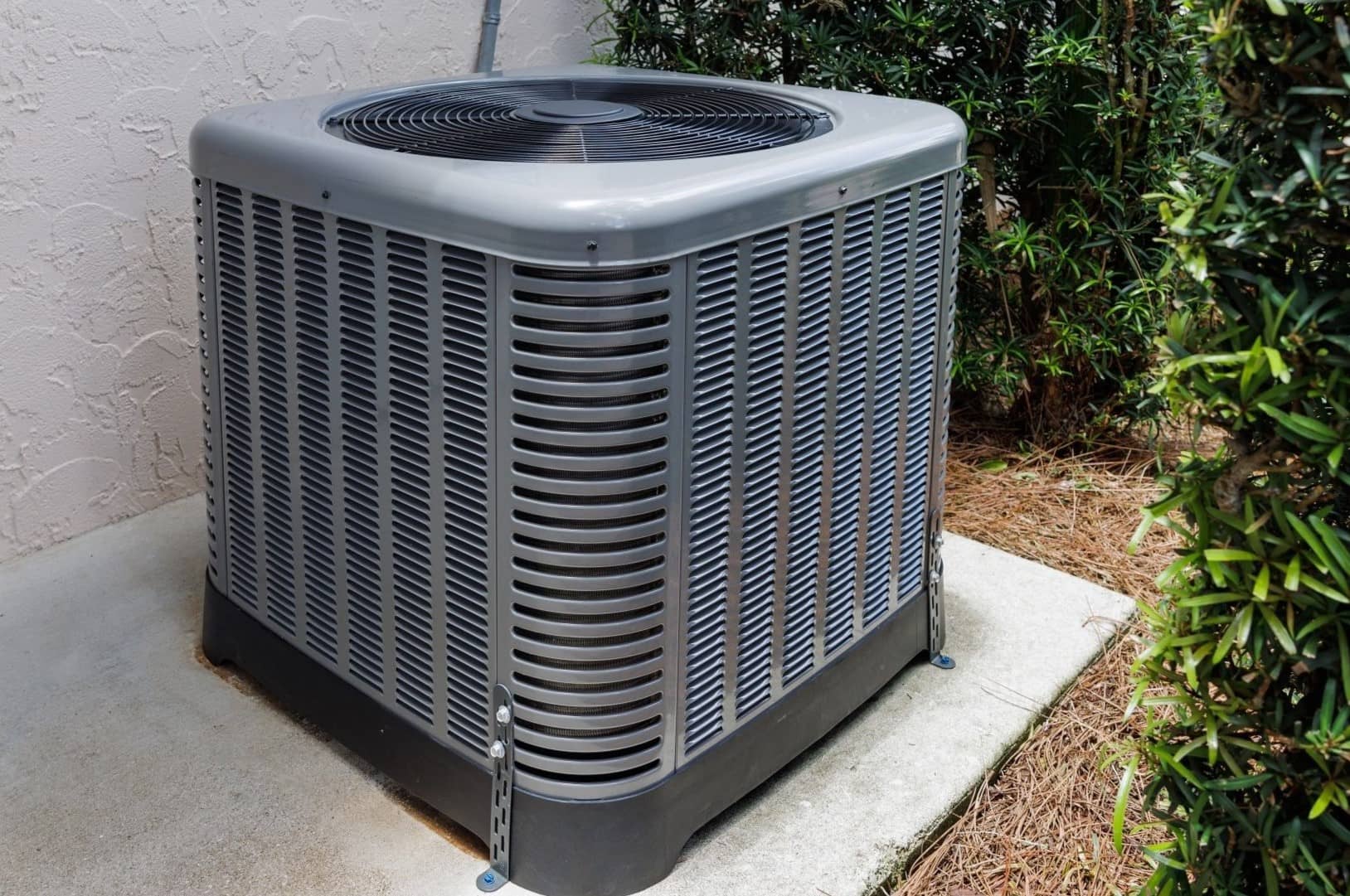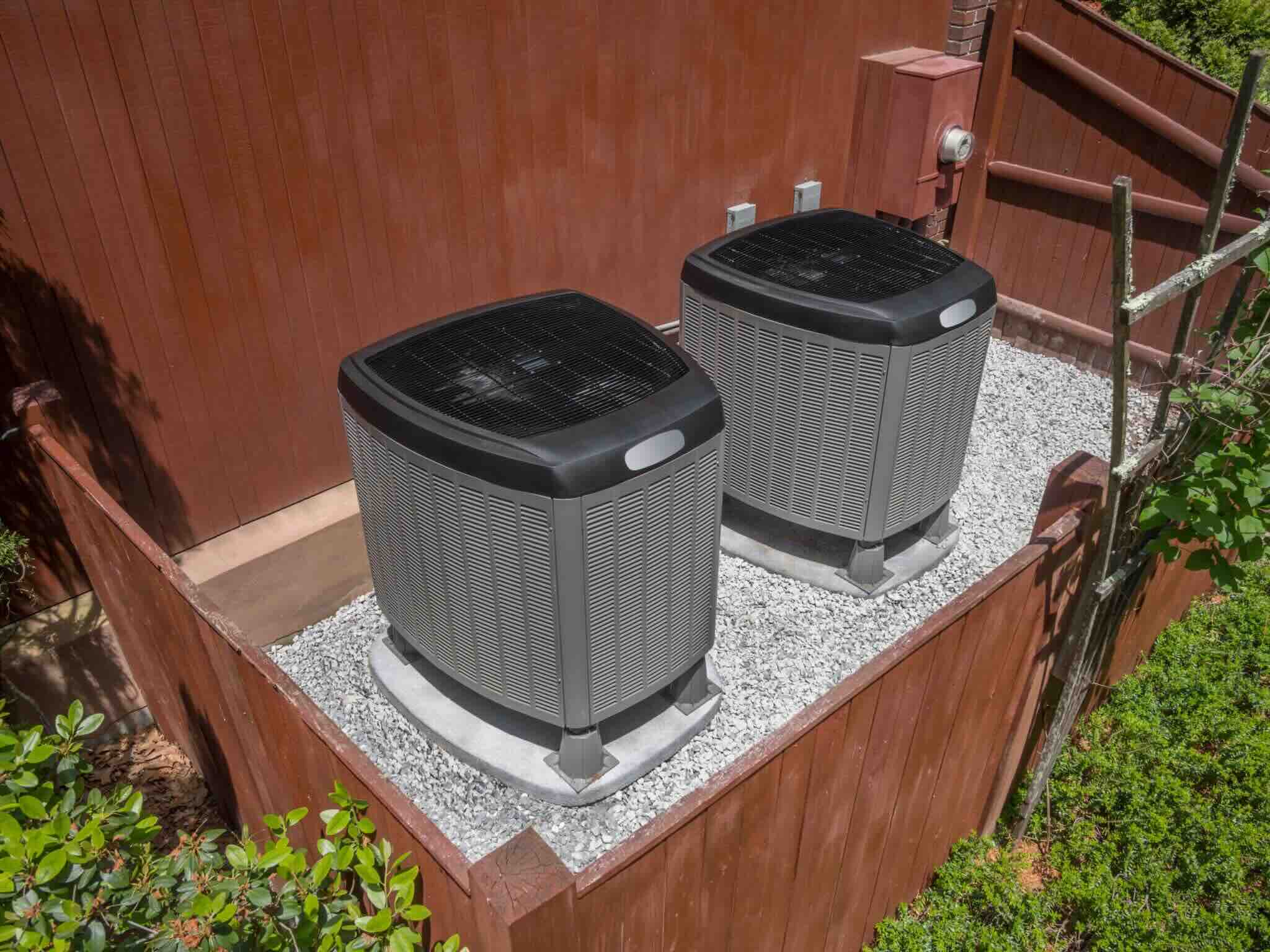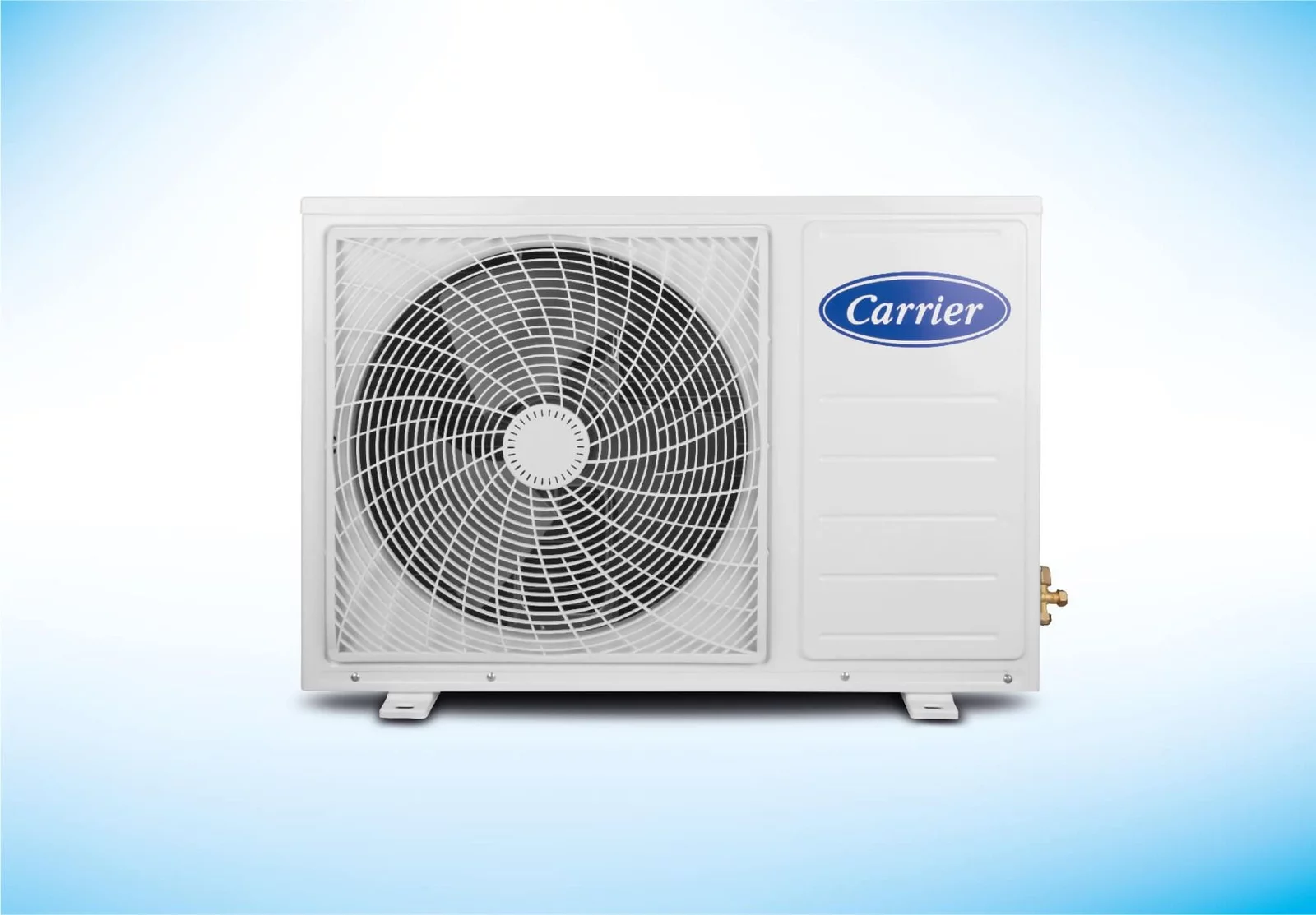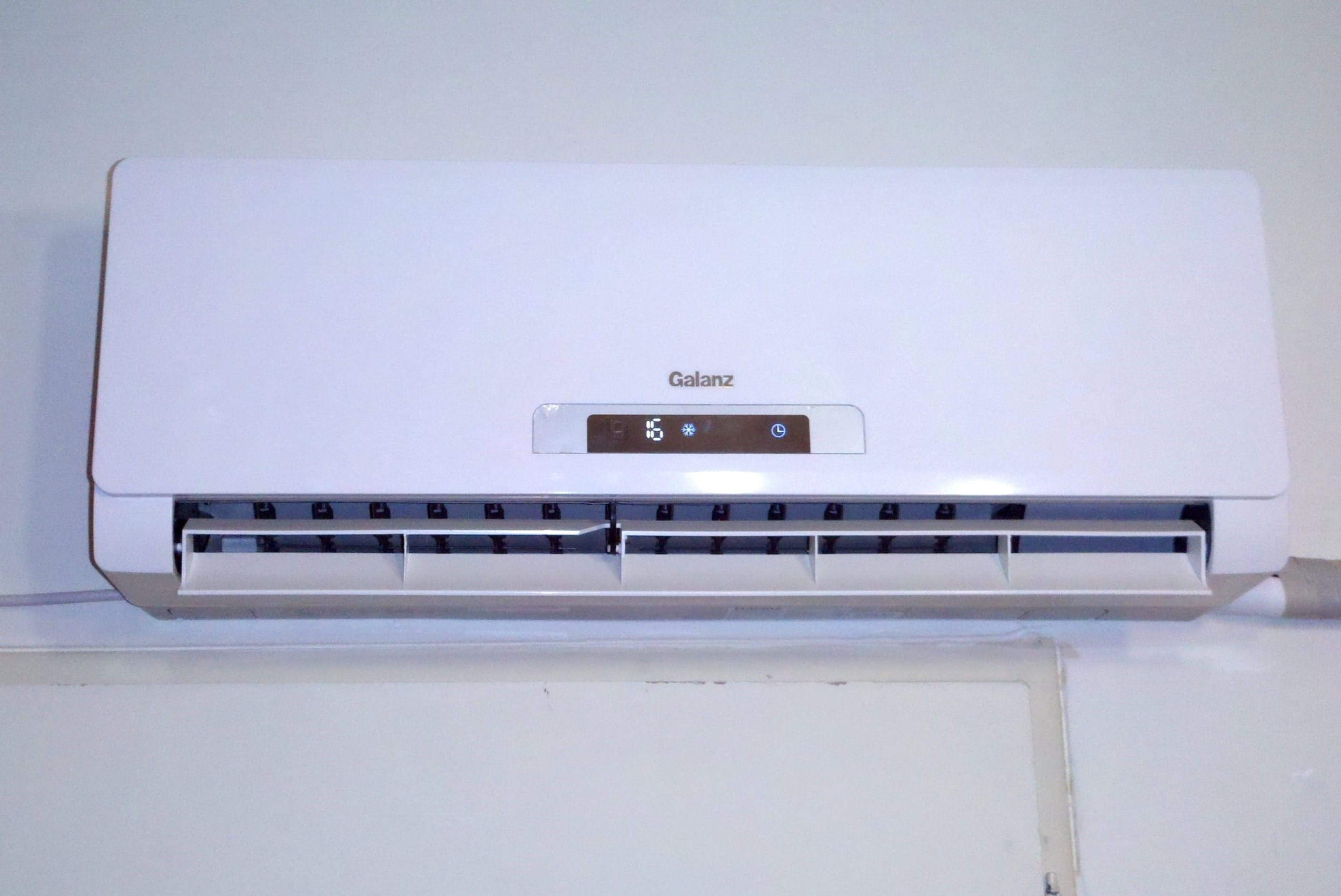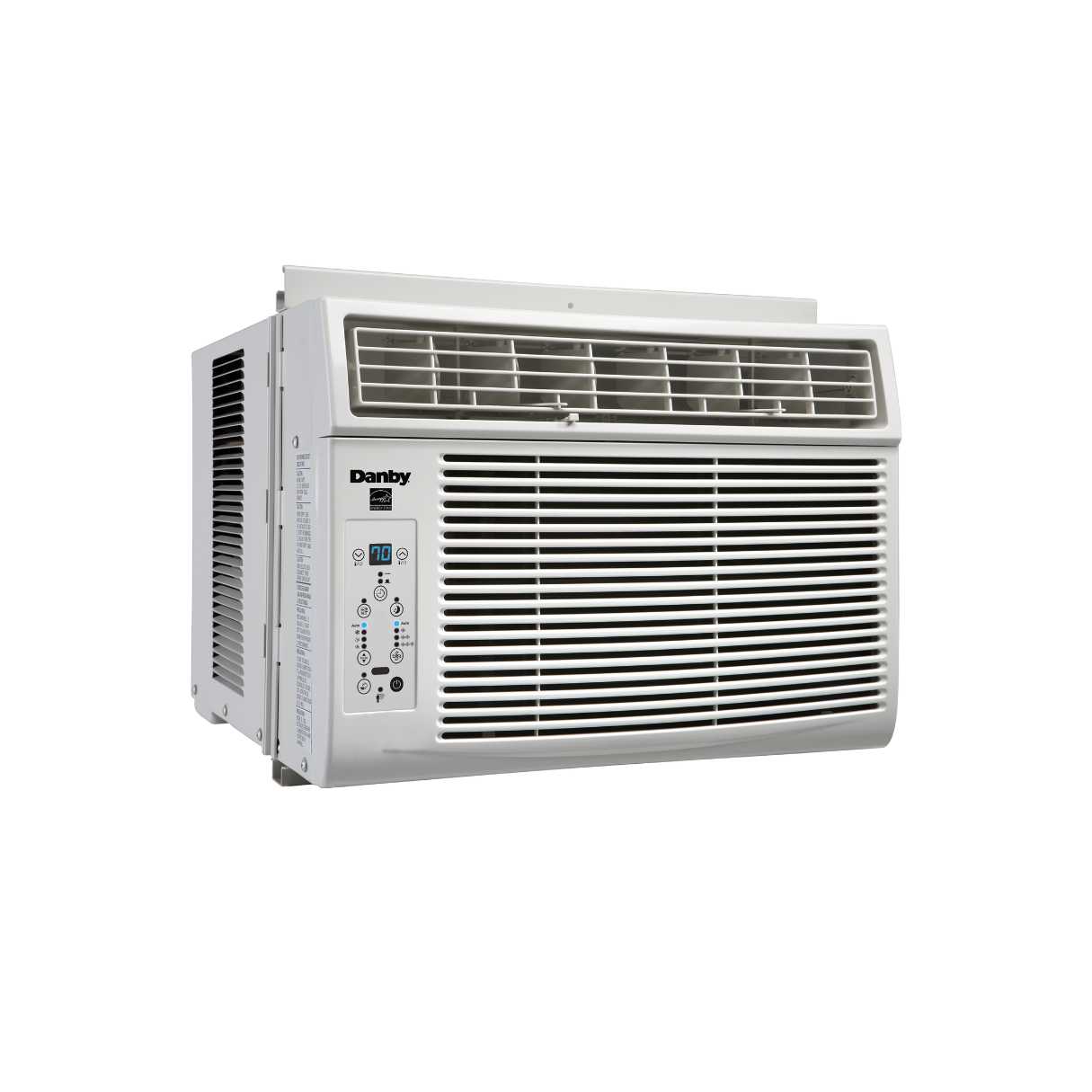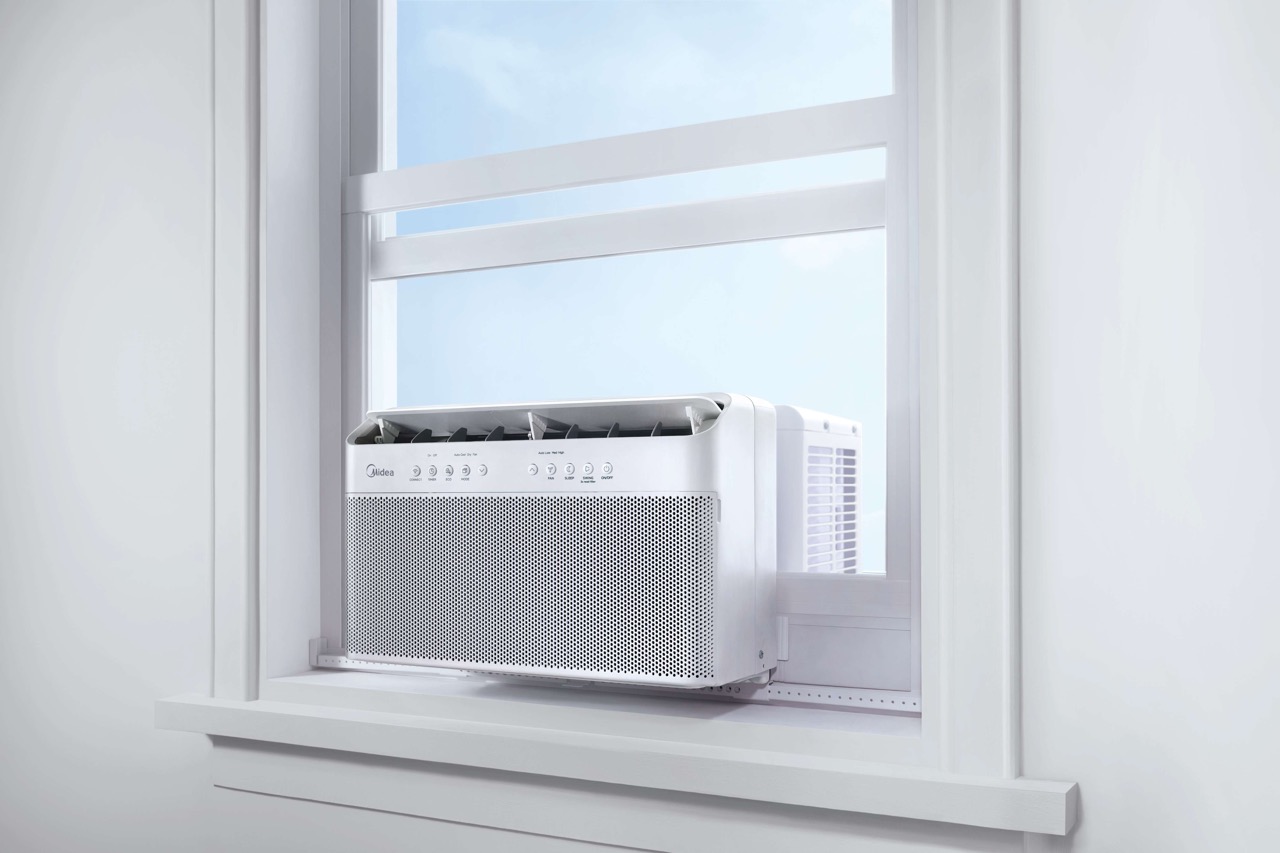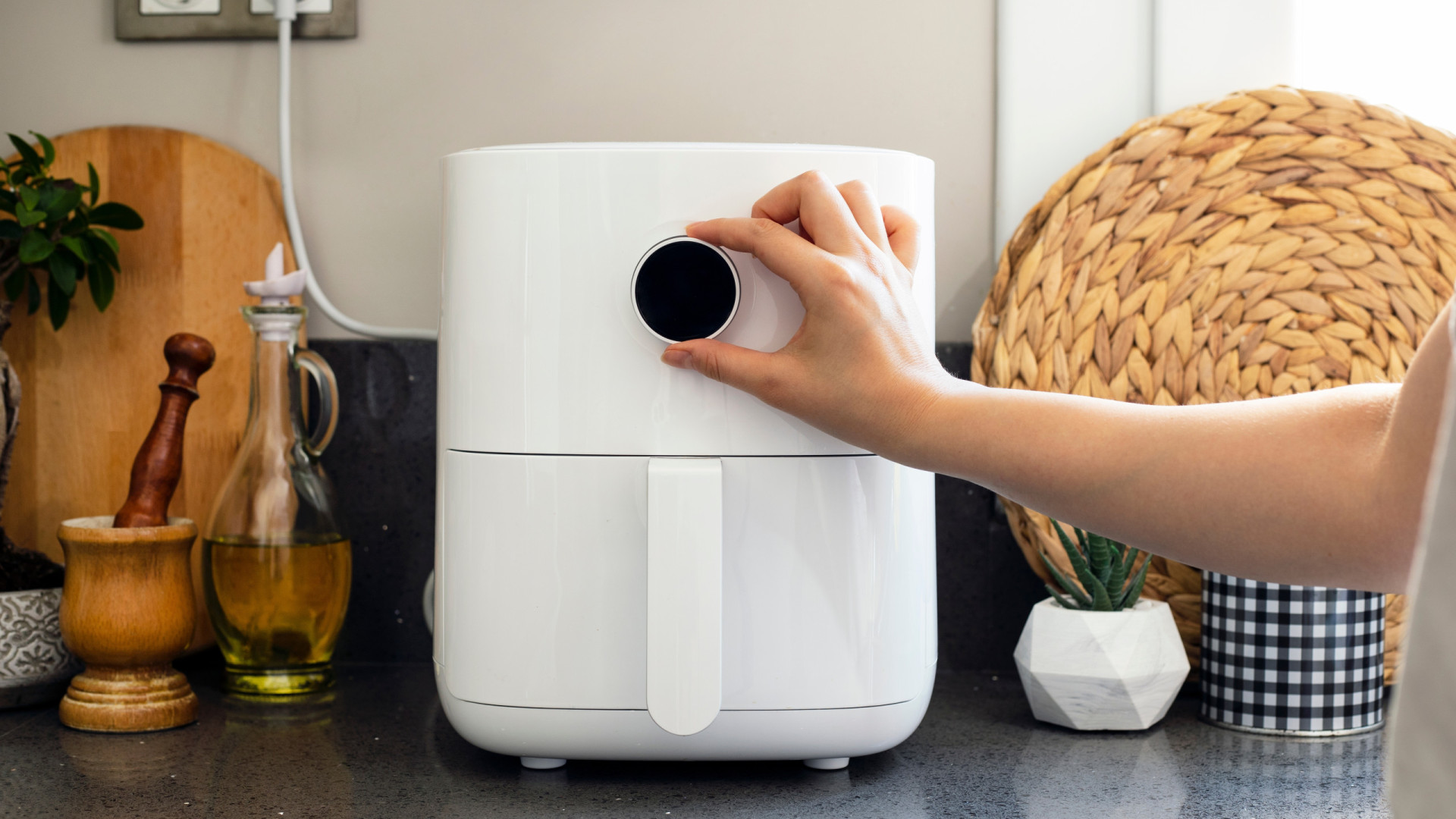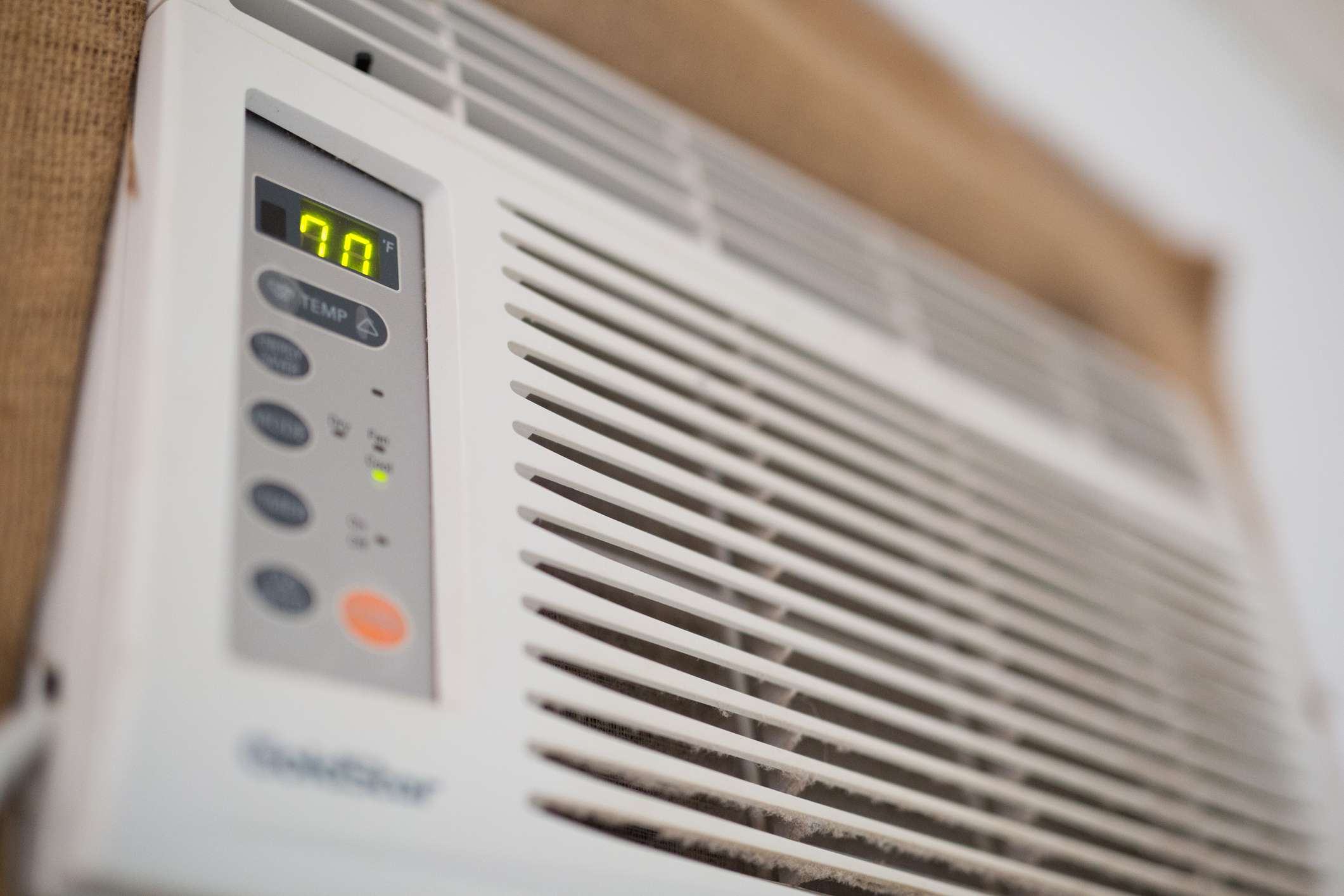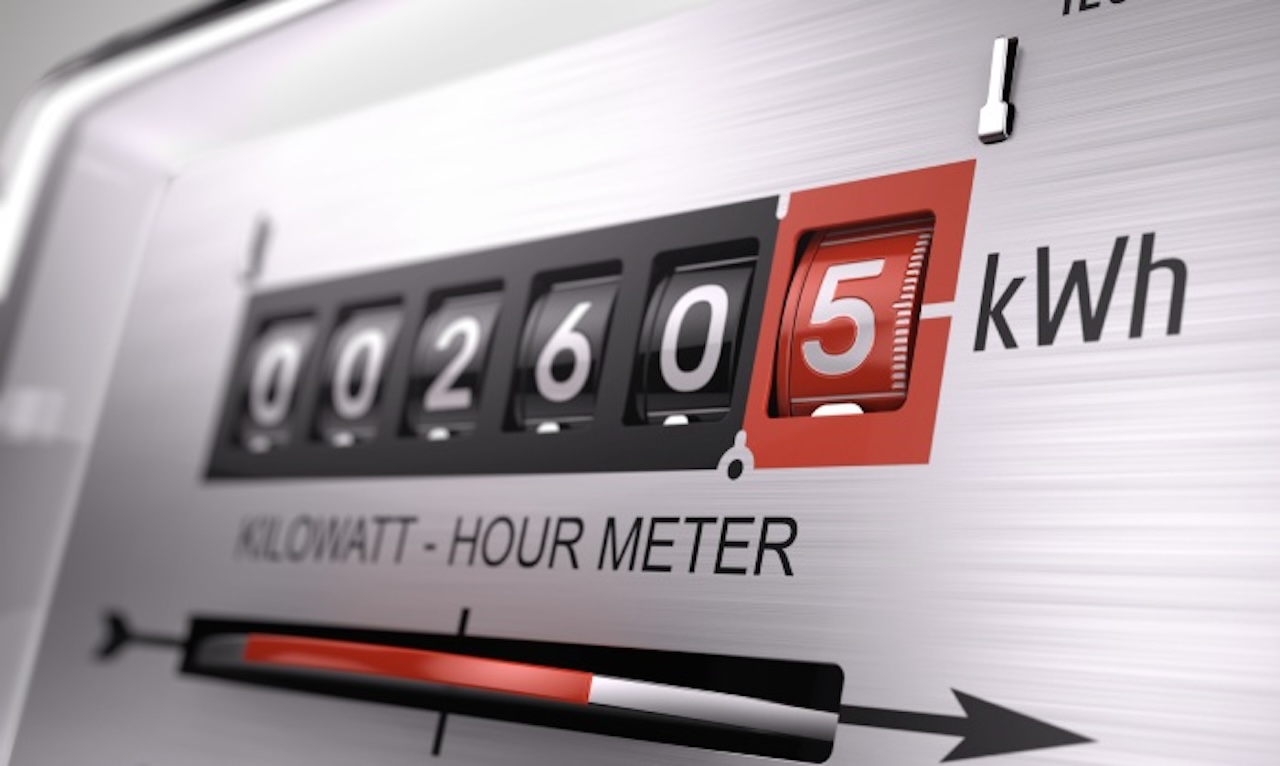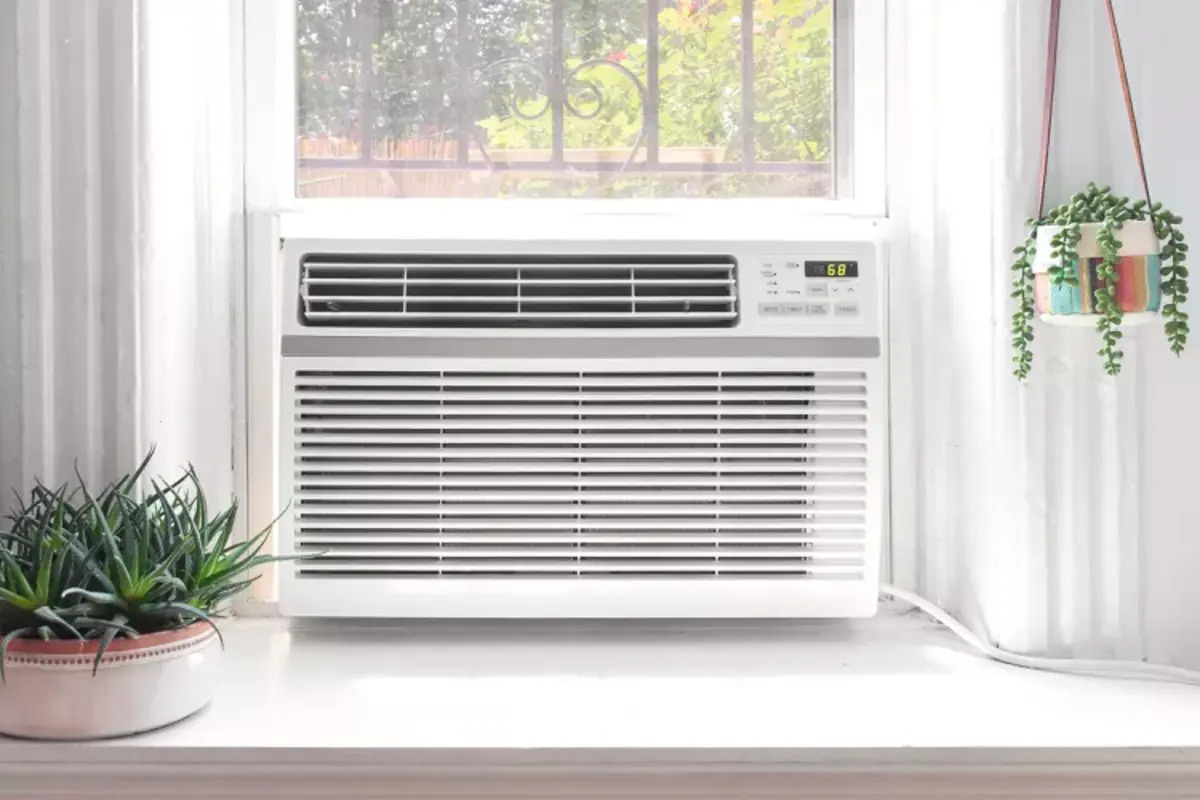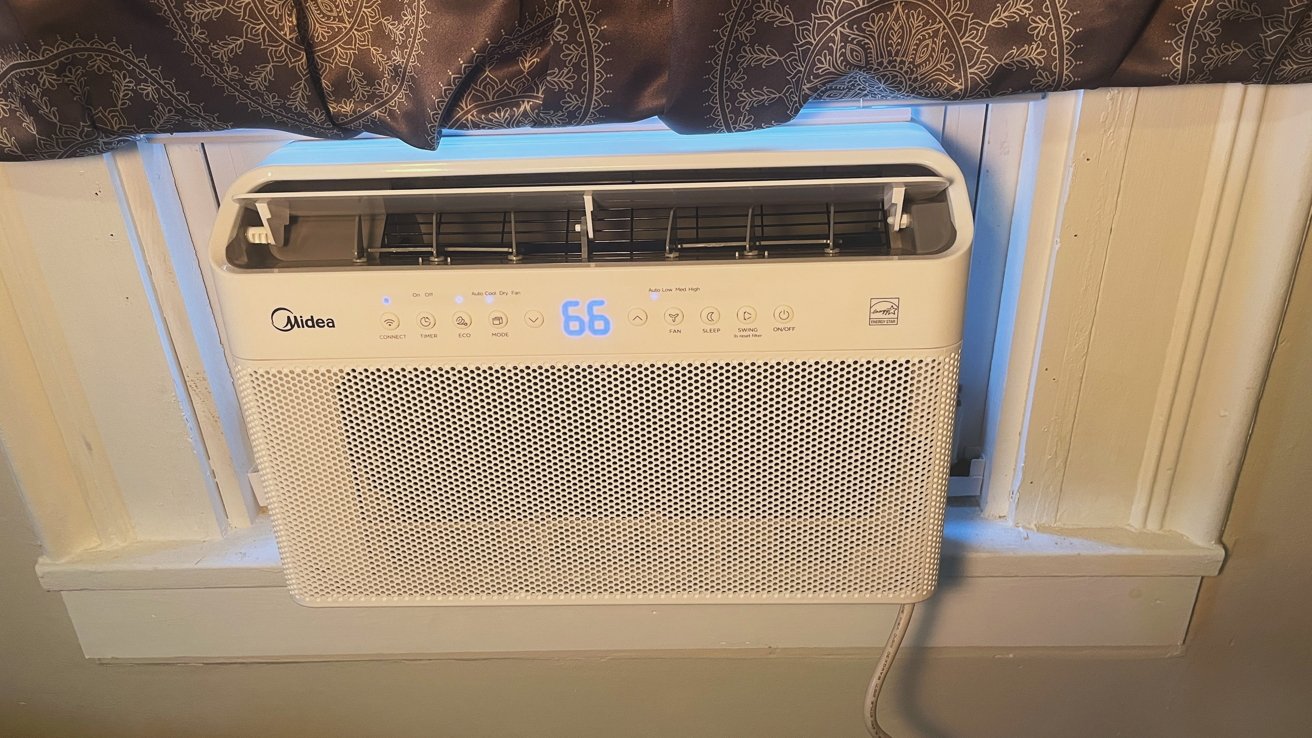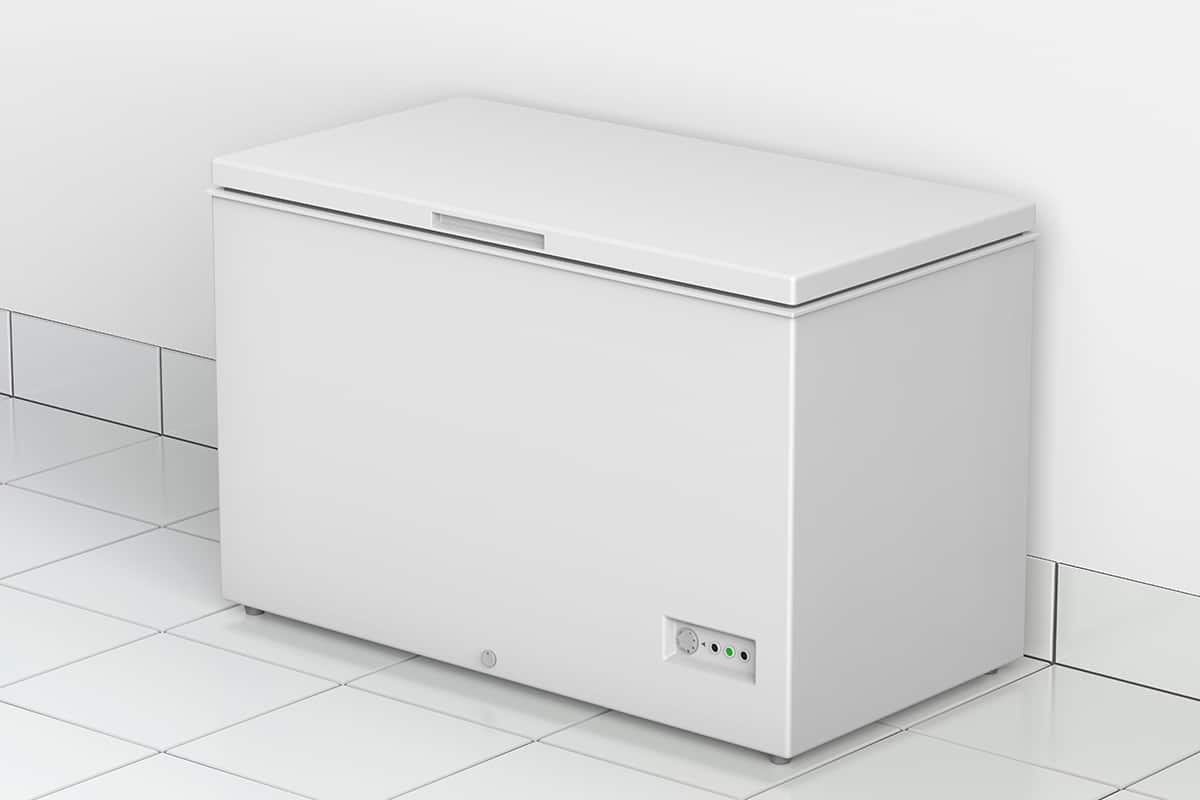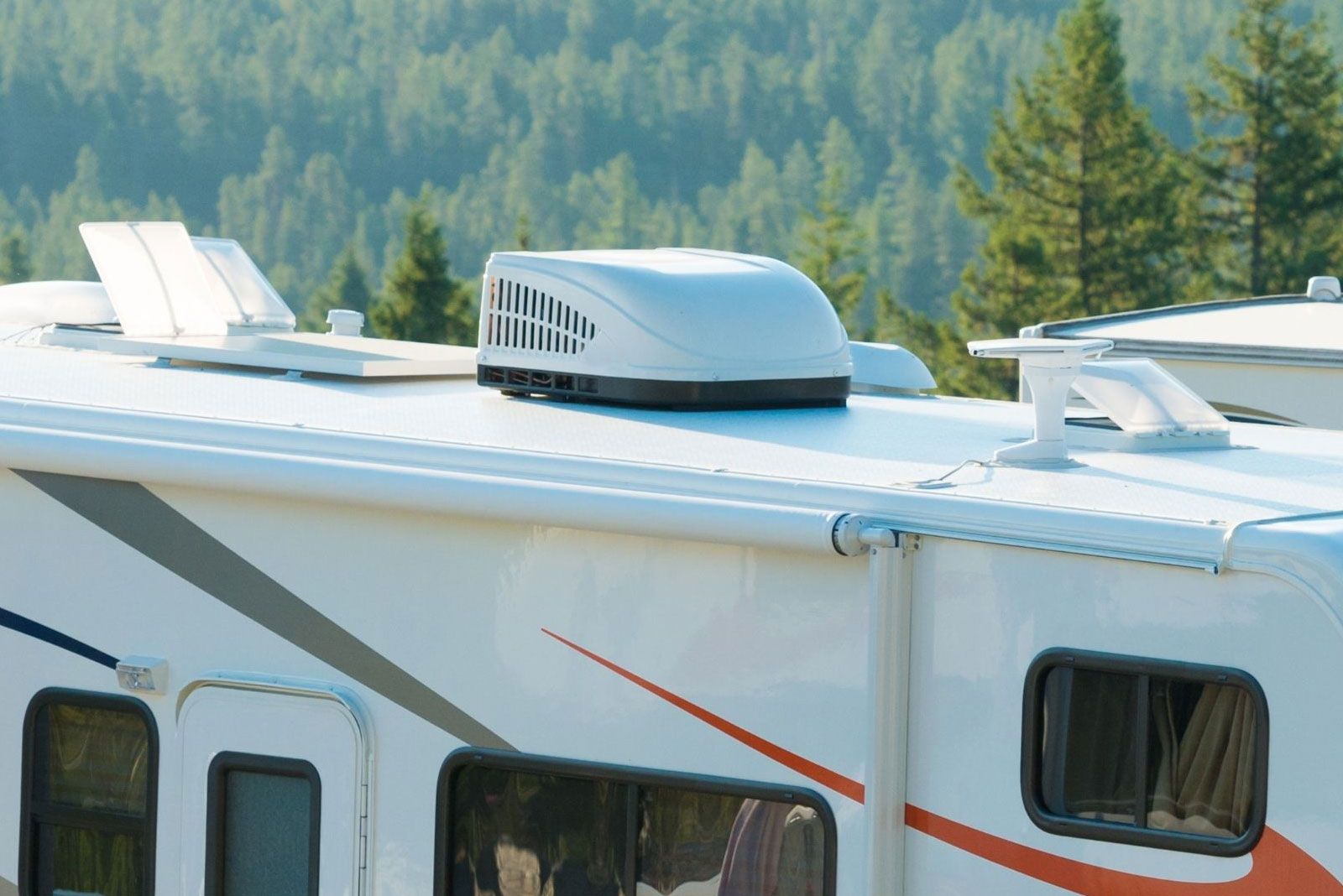Home>Home Maintenance>How Many Watts Does A 2-Ton Air Conditioner Use
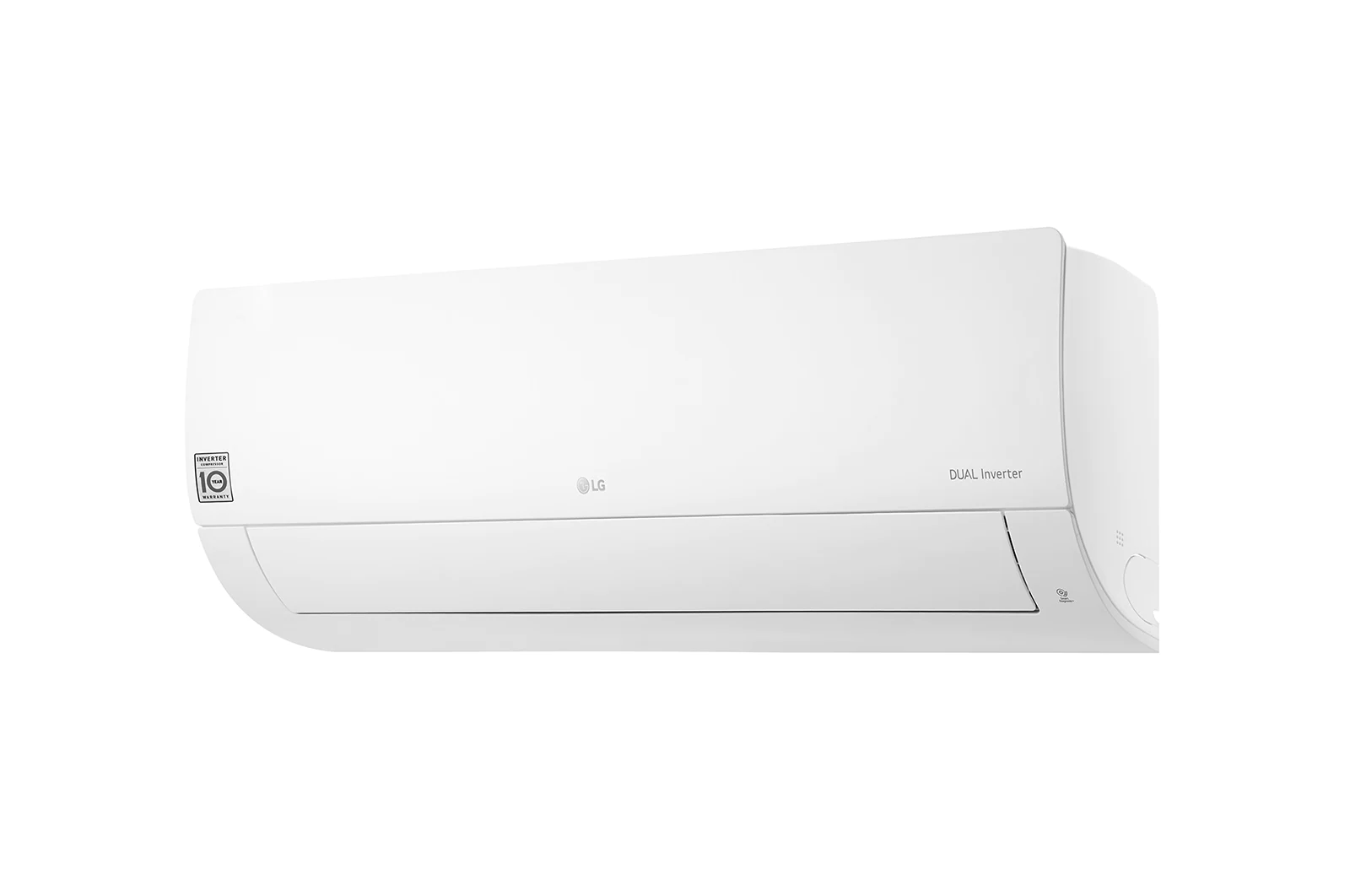

Home Maintenance
How Many Watts Does A 2-Ton Air Conditioner Use
Modified: March 7, 2024
Learn how many watts a 2-ton air conditioner uses and get expert home maintenance tips to keep your HVAC system running efficiently.
(Many of the links in this article redirect to a specific reviewed product. Your purchase of these products through affiliate links helps to generate commission for Storables.com, at no extra cost. Learn more)
Introduction
Welcome to the ultimate guide on the power consumption of a 2-ton air conditioner. As the summer heat becomes more intense, a reliable and efficient cooling system is essential in maintaining a comfortable home. However, with rising energy costs and environmental concerns, understanding the power usage of your air conditioner is crucial.
In this article, we will delve into the specifics of how many watts a 2-ton air conditioner uses, factors affecting its power consumption, and tips for reducing energy usage while still enjoying optimal cooling. By gaining insight into these aspects, you can make informed decisions about your home’s cooling needs and potentially save on energy costs.
So, let’s dive into the world of air conditioner efficiency and power consumption to help you make the most of your cooling system while being mindful of your energy usage.
Key Takeaways:
- Understanding the power consumption of your 2-ton air conditioner helps you make informed decisions about energy-efficient cooling, saving money, and reducing your environmental impact.
- By considering factors like SEER and EER ratings, proper maintenance, and energy-saving tips, you can optimize your 2-ton air conditioner’s performance and minimize energy usage for a comfortable and eco-friendly home.
Understanding Air Conditioner Efficiency
Before we delve into the power consumption of a 2-ton air conditioner, it’s important to understand the concept of air conditioner efficiency. The efficiency of an air conditioner is measured by the Seasonal Energy Efficiency Ratio (SEER). SEER rating indicates how efficiently an air conditioner can cool a space.
The higher the SEER rating, the more efficient the air conditioner is. As a result, air conditioners with higher SEER ratings consume less energy to produce the same amount of cooling as those with lower SEER ratings. Therefore, upgrading to a higher SEER-rated air conditioner can significantly reduce energy usage and save you money in the long run.
It’s worth noting that air conditioners manufactured after 2006 must have a minimum SEER rating of 13. However, systems with SEER ratings of 14 and above are considered high-efficiency units and provide even greater energy savings.
Another important factor to consider is the Energy Efficiency Ratio (EER) of an air conditioner. The EER is a measurement of cooling capacity divided by power consumption. It provides a more accurate estimate of an air conditioner’s actual energy efficiency under specific operating conditions.
By understanding the efficiency ratings of air conditioners, you can make an informed decision when purchasing a new unit or evaluating the energy usage of your existing system.
Determining the Power Consumption of a 2-Ton Air Conditioner
Now let’s get down to the nitty-gritty of determining the power consumption of a 2-ton air conditioner. To calculate the wattage usage of your air conditioner, you need to know the cooling capacity and the EER rating.
A 2-ton air conditioner has a cooling capacity of 24,000 BTUs (British Thermal Units) per hour. To convert this to watts, you divide the BTU value by 3.412, as there are approximately 3.412 BTUs in a watt. So, the cooling capacity of a 2-ton air conditioner is approximately 7,033 watts.
Next, you need to consider the EER rating. Let’s assume you have an air conditioner with a SEER rating of 14. To convert the SEER rating to EER, you divide the SEER value by 0.9. Therefore, an air conditioner with a SEER rating of 14 has an EER rating of approximately 15.56.
To calculate the power consumption, you divide the cooling capacity in watts by the EER rating. Using our example, the power consumption of a 2-ton air conditioner with a cooling capacity of 7,033 watts and an EER rating of 15.56 would be approximately 453 watts.
It’s important to note that this calculation provides an estimate of the power consumption under ideal operating conditions. Actual power usage may vary based on factors such as climate, room size, insulation, and usage patterns.
By understanding the power consumption of your 2-ton air conditioner, you can have a clearer picture of its energy usage and make informed decisions about your cooling needs.
Factors Affecting Power Usage in 2-Ton Air Conditioners
The power usage of a 2-ton air conditioner is influenced by several factors that can impact its overall efficiency and energy consumption. By understanding these factors, you can identify areas where you can optimize your air conditioner’s performance and reduce power usage. Let’s explore some of the key factors:
- Climate and Ambient Temperature: The climate and ambient temperature of your region significantly affect how hard your air conditioner has to work to cool your home. In hotter climates, the air conditioner has to work longer and harder, resulting in increased power consumption. Proper insulation and shading can help reduce the impact of external temperature on your cooling system.
- Thermostat Settings: The temperature at which you set your thermostat can impact the power usage of your air conditioner. Setting it too low will result in more frequent cycles and higher energy consumption. Consider setting the thermostat to the highest comfortable temperature to reduce energy usage without sacrificing comfort.
- Air Filter Maintenance: A clogged or dirty air filter restricts airflow, forcing the air conditioner to work harder to cool the space. Regularly cleaning or replacing the air filter can improve airflow and reduce power consumption.
- Ductwork Condition: Leaky or poorly insulated ductwork can result in significant energy loss. Ensuring that your ductwork is well-sealed and insulated can prevent air leakage, allowing your air conditioner to cool your home more efficiently.
- Size and Placement: The size and placement of your air conditioner play a role in its power usage. An undersized unit may struggle to cool your home effectively, leading to longer running times and increased energy consumption. Additionally, improper placement, such as placing the unit in direct sunlight, can make it work harder and consume more power.
- Maintenance and Service: Regular maintenance and servicing of your air conditioner can optimize its performance and energy efficiency. Ensuring that components are clean, lubricated, and in good condition can keep your air conditioner running smoothly and prevent unnecessary energy usage.
By considering these factors and implementing appropriate measures, you can minimize power usage in your 2-ton air conditioner and enjoy both comfortable cooling and energy savings.
A 2-ton air conditioner typically uses around 3500-4000 watts, but this can vary based on the specific model and efficiency rating. It’s important to check the manufacturer’s specifications for the exact wattage.
Energy Efficiency and Cost Savings
Understanding the energy efficiency of your 2-ton air conditioner can not only help you reduce your carbon footprint but also save on your energy bills. By opting for a high-efficiency model and adopting energy-saving practices, you can achieve significant cost savings in the long run. Let’s explore how energy efficiency translates into cost savings:
Lower Energy Consumption: High-efficiency air conditioners consume less energy to provide the same amount of cooling as lower-rated models. This means that you can enjoy a comfortable indoor climate while using less electricity, leading to reduced energy bills.
Long-term Savings: Although high-efficiency models may have a higher initial cost, the energy savings they offer can offset the additional expense over time. By investing in an energy-efficient air conditioner, you can benefit from long-term savings and potentially recoup your investment through reduced energy costs.
Lower Environmental Impact: By reducing energy consumption, high-efficiency air conditioners help to lower greenhouse gas emissions and minimize your environmental footprint. Choosing an energy-efficient model demonstrates your commitment to sustainability and contributes to a greener future.
Government Incentives: In many regions, there are government incentives and rebates available for purchasing energy-efficient appliances, including air conditioners. These incentives can further reduce the initial cost of upgrading to a high-efficiency model, making it an even more attractive option.
When considering an air conditioner upgrade, it’s important to look for the Energy Star label. The Energy Star certification ensures that the product meets strict energy efficiency guidelines set by the Environmental Protection Agency (EPA). Air conditioners with the Energy Star label are designed to provide excellent cooling performance while using less energy.
In addition to investing in an energy-efficient air conditioner, you can adopt energy-saving practices to maximize your cost savings. These practices include setting your thermostat at higher temperatures, using ceiling fans to improve air circulation, and keeping doors and windows sealed to prevent cool air from escaping.
By prioritizing energy efficiency and implementing energy-saving measures, you can not only lower your energy bills but also contribute to a more sustainable future.
Tips for Reducing Power Consumption of 2-Ton Air Conditioners
While 2-ton air conditioners provide effective cooling for your home, there are several tips you can follow to reduce their power consumption and optimize their energy efficiency. By implementing these practices, you can not only save on energy bills but also contribute to a greener environment. Here are some tips to help you reduce power consumption:
- Proper Insulation: Ensure that your home is well-insulated to prevent cool air from escaping and warm air from entering. This helps your air conditioner work more efficiently and reduces energy waste.
- Use a Programmable Thermostat: Install a programmable thermostat to automate temperature adjustments throughout the day. Set higher temperatures when you’re away from home and lower temperatures when you’re present, ensuring optimal comfort while minimizing energy usage.
- Maintain Regular Air Conditioner Maintenance: Clean or replace the air filter regularly to ensure smooth airflow and optimal performance. Additionally, schedule annual professional maintenance to check for refrigerant leaks, clean coils, and ensure the air conditioner is in good working condition.
- Utilize Natural Ventilation: Take advantage of cool evenings and mornings by opening windows and allowing natural ventilation to cool your home. This can reduce the need for artificial cooling during milder weather.
- Use Fans: Use ceiling fans or portable fans to enhance air circulation in the room. This creates a wind-chill effect, allowing you to raise the temperature on your air conditioner without sacrificing comfort.
- Close Curtains or Blinds: During the hottest parts of the day, close curtains or blinds to block out sunlight and reduce heat gain. This helps your air conditioner operate more efficiently by minimizing the need to cool the space from excessive heat.
- Avoid Heat-Generating Activities: During peak temperature hours, avoid using heat-generating appliances, such as ovens, stoves, and dryers, as they can increase the workload on your air conditioner. Use them during cooler parts of the day or opt for alternatives like grilling outdoors.
- Seal Air Leaks: Identify and seal any air leaks around windows, doors, and ductwork to prevent cooled air from escaping and warm air from entering your home. This improves energy efficiency and reduces strain on your air conditioner.
- Consider Zone Cooling: If possible, implement zone cooling by using individual room air conditioners or a ductless mini-split system. This allows you to cool only the rooms that are in use, saving energy by avoiding unnecessary cooling.
By adopting these tips, you can significantly reduce the power consumption of your 2-ton air conditioner while maintaining a comfortable living environment. Remember, even small changes can make a big difference when it comes to energy efficiency.
Conclusion
Understanding the power consumption of a 2-ton air conditioner is essential for optimizing energy efficiency, reducing utility bills, and making eco-friendly choices. By considering factors such as SEER and EER ratings, you can determine the power usage of your air conditioner and make informed decisions about your cooling needs.
Furthermore, factors such as climate, thermostat settings, air filter maintenance, ductwork condition, and proper sizing and placement of the unit can significantly impact power usage. By addressing these factors and implementing energy-saving practices, you can further reduce your air conditioner’s energy consumption.
Investing in an energy-efficient air conditioner not only reduces your carbon footprint but also leads to long-term cost savings. High-efficiency models consume less energy, lower your energy bills, and contribute to a greener environment. Additionally, taking advantage of government incentives and rebates can help make these energy-efficient upgrades even more affordable.
By following simple tips such as proper insulation, using programmable thermostats, regular maintenance, utilizing natural ventilation, and sealing air leaks, you can optimize your 2-ton air conditioner’s performance while minimizing energy usage.
In conclusion, taking steps to understand and reduce the power consumption of your 2-ton air conditioner is a win-win situation. You can enjoy a comfortable living space while saving money on energy bills and making a positive impact on the environment. So, make energy efficiency a priority and take control of your cooling needs for a sustainable and cost-effective future.
Frequently Asked Questions about How Many Watts Does A 2-Ton Air Conditioner Use
Was this page helpful?
At Storables.com, we guarantee accurate and reliable information. Our content, validated by Expert Board Contributors, is crafted following stringent Editorial Policies. We're committed to providing you with well-researched, expert-backed insights for all your informational needs.
